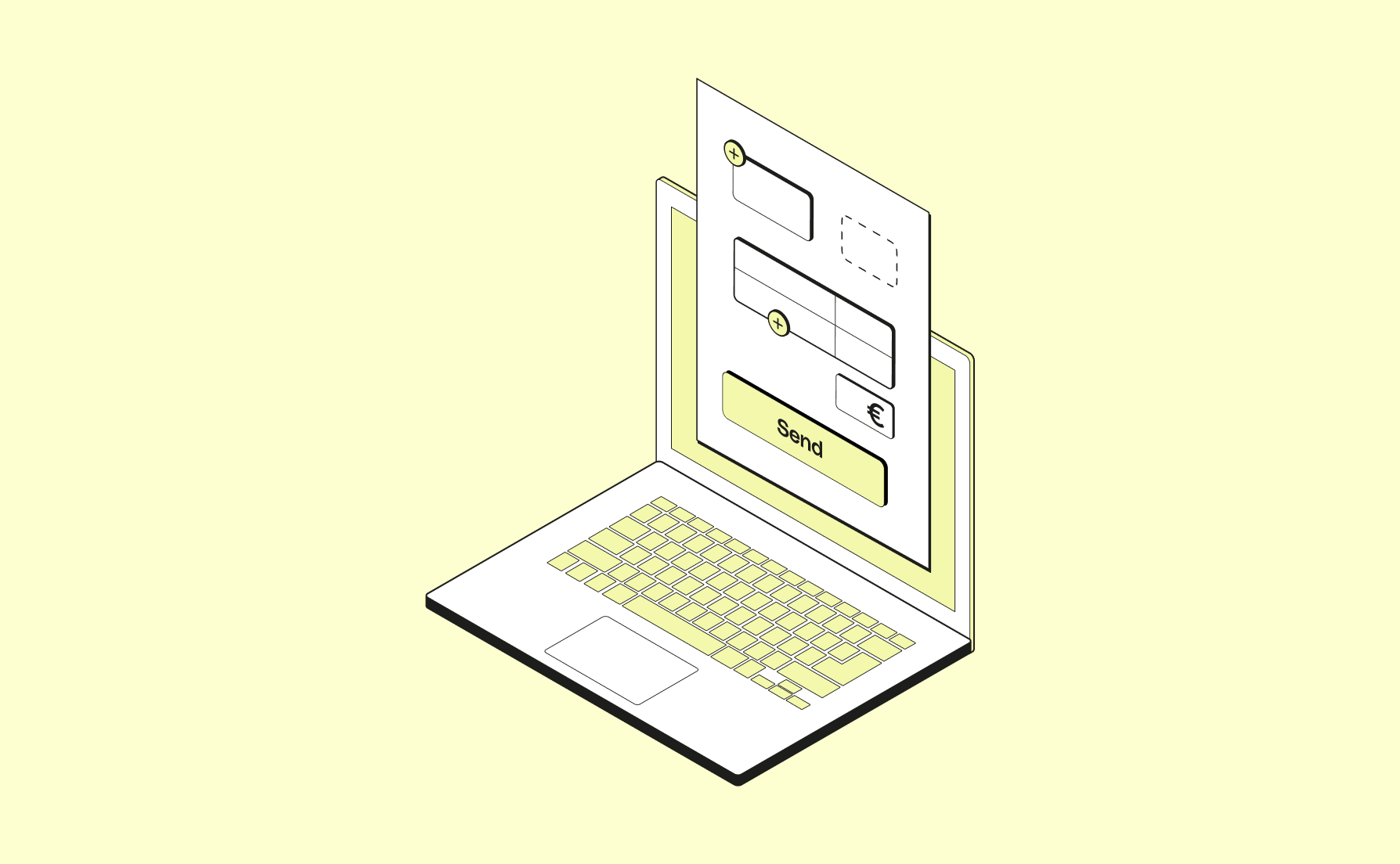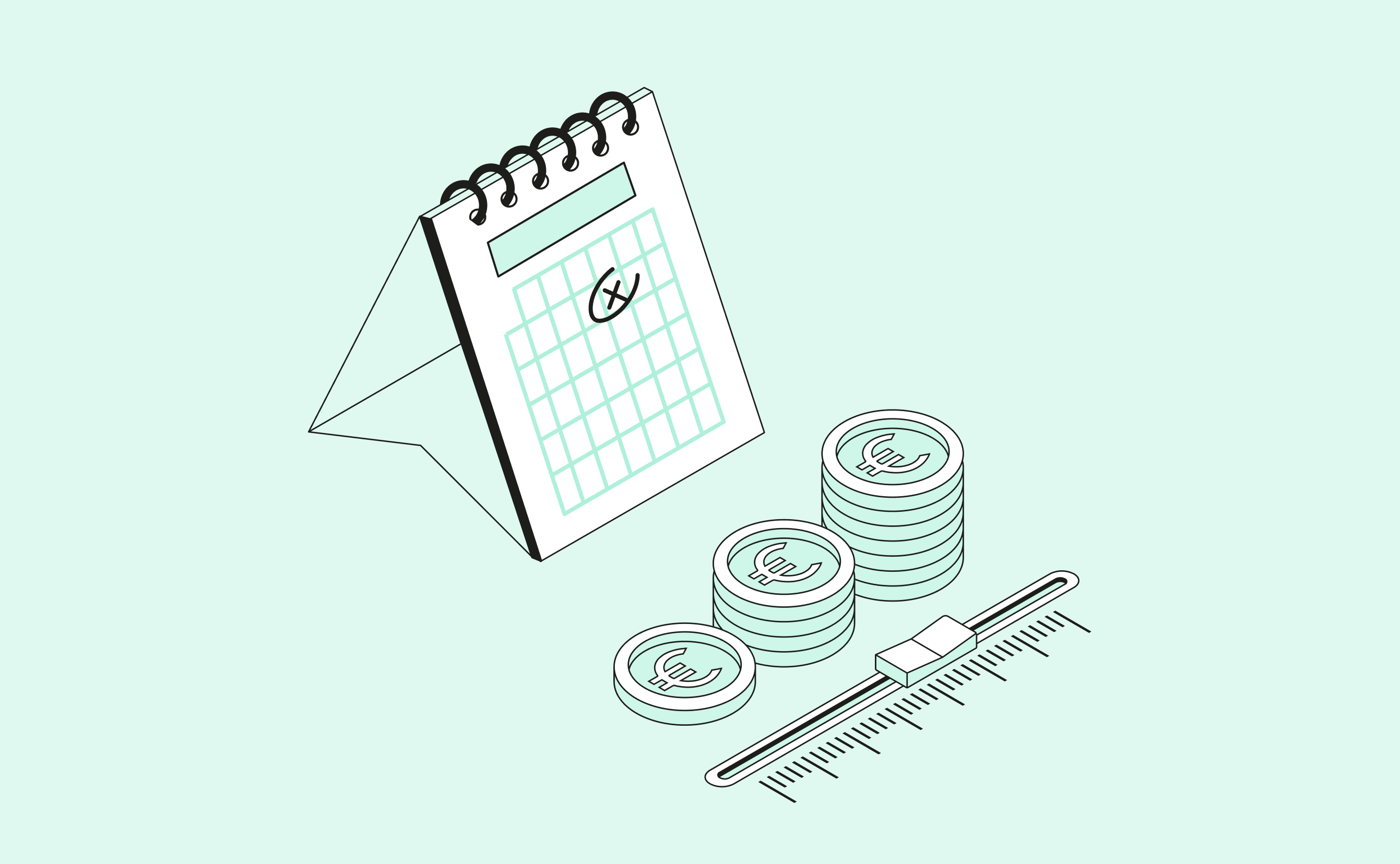The first and perhaps most important step is to register your activity with the tax office (Finanzamt). You can do this for free via Qonto's online form, which comes with step-by-step explanations, all in plain English.
Alternatively, you can complete the form in German - the Fragebogen zur steuerlichen Erfassung - via the online tax office, ELSTER, or download the form and send a paper copy.
This questionnaire for tax registration will ask you to provide information about:
- Your planned activity
- Income forecast
- Whether you want to apply for the small business owner status (Kleinunternehmer)
This registration should ideally take place before you start your business activity, to stay on the right side of tax laws. However, once you've submitted the form to the Finanzamt, you can immediately start finding customers and providing them with your services, without having to wait for a response from the Finanzamt. You can invoice them for the work done later, once the Finanzamt has got back in touch with you.
When the Finanzamt does reply, typically within 4 to 8 weeks, it will provide you with a business tax ID (Steuernummer) that you can use specifically for your freelance activity. Do not confuse this with your Steuer ID or your individual Steuernummer. This business Steuernummer is what you need to include on the invoices you send to customers.
Along with your business tax ID, the Finanzamt might also send you some instructions. One instruction might be to register as a Gewerbe, because your activity doesn't qualify you as a Freiberufler. If that's the case, you will need to register at your local Gewerbeamt - expect to fill in a 1-page form and pay a fee of €15-€60, depending on the town.
The Finanzamt's response may also include information on how much business tax you'll need to pay in quarterly pre-installments; this amount is determined by the revenue forecasts you enter into the initial registration form.









